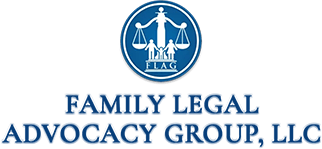Raising a 5-year-old child can be a big responsibility in itself.
Adding two more children under the age of 2 into your family is a huge commitment.
But the Billok family wouldn’t have had it any other way.
Last year, Britt Billok and her husband, Richard, of Charles Town, W.Va., became legal foster parents through the Children’s Home Society of West Virginia. The couple received their first foster children placement in March — two siblings who were a newborn and 2 years old.
“We only have one child, so bringing in two other children took some getting used to,” Britt Billok said. “But after we got used to it, it wasn’t that big of a deal. It was just like a normal family routine.”
The need for more families like the Billoks is growing in the Tri-State area, social services officials say, thanks to the growing opioid epidemic.
“I can certainly say there has been a 25 percent increase in children in foster care in the last year,” said Victoria Slater-Madert, child and family services supervisor at Children’s Home Society. “When I look at the number of kids we currently have, 42 locally, the primary reason for 57 percent of those children for entering foster care was substance abuse.
“Another 14 percent of those children, substance abuse was a secondary issue,” she said. “That basically means that 71 percent of the children we have now entered our system because of some sort of substance abuse issues in the home.”
Children’s Home Society is a private statewide nonprofit that has been providing child welfare for the last 120 years, Slater-Madert said. The Martinsburg office provides foster care and adoption services, including international adoptions.
The facility has an eight-bed emergency shelter for children ages 12 to 18 and provides services such as Safe at Home, working with at-risk children who have either left or are at the highest risk of entering congregate care, child advocacy, mentoring and therapy.
Slater-Madert said she believes a lot of children come into care because a placement with another family member may not be appropriate due to those family members having substance abuse problems too.
Children’s Home Society, as well as other foster care agencies in the area, look to a child’s family members for placement before putting them with an outside foster-care family. The Martinsburg office currently has 47 certified families.
“Substance abuse in the past wasn’t much. It has become much more relevant in the cases I have seen because it’s affecting parenting that much more,” Slater-Madert said. “We’ve received referrals from statewide CPS workers, for example maybe a child is being removed from a home in Monongalia County. So they are sending out statewide referrals, which shows a shortage across the board in West Virginia.”
Work to reunify
One initiative to help reduce the number of children in foster care is to actively look for relatives of those children at risk for entering foster care, according to Becky Rice, child welfare supervisor with the Washington County Department of Social Services in Maryland. There are currently 120 children in foster care in the county.
“We work very hard to reunify children with their parents. That’s our main goal,” Rice said. “But we also work very hard to keep children with relatives whenever possible. So when children do have to leave their homes, the goal is to place them with a relative.”
Rice said Washington County’s main focus, just as many other agencies nationwide, is to provide the “least restrictive and most appropriate placement.” If a child does enter foster care, they are then placed with a licensed foster family who is as close to their home and school as possible.
Tina Wolfensberger, resource family coordinator with the Washington County Department of Social Services, has been working there for more than 25 years. She is also a former foster-care case worker.
“When I was a foster care worker years ago, we had almost 400 in foster care and I think those numbers are less now because we provide so many services to relatives that come forward,” Wolfensberger said.
The county is also proactively helping families of at-risk children while the child is still in the home. Rice said foster care is always the last resort.
“We work very hard to keep children from having to enter foster care,” Rice said. “There are more resources now than there used to be, so there is a lot more in-home work. There may be issues or concerns that a family is dealing with related to the children that are in the home, but instead of removing them and placing them in foster care as the first resort, we spend more time, funds and effort to put workers in the home to help.”
Those resources could be things such as substance abuse treatment programs, help with mental health issues, or anything that a family may be struggling with, she said.
Kevin and Angel Gross of Smithsburg are parents of eight kids — two are their biological children, four are their adopted children and two are foster children who they plan to adopt.
Kevin said that if someone is considering fostering, or even adopting, to not assume you know the answers to your questions or concerns.
“Just ask,” he said, adding that the agencies will have the answers and will help you to see if foster parenting is a good fit.
“The need is great” Gross said. “There are over 100,000 foster care children that are legally free to be adopted and over 20,000 age out of the system. Yet there are (billions of) people in the world. They are all amazing kids and they just need need an opportunity to show that.”


